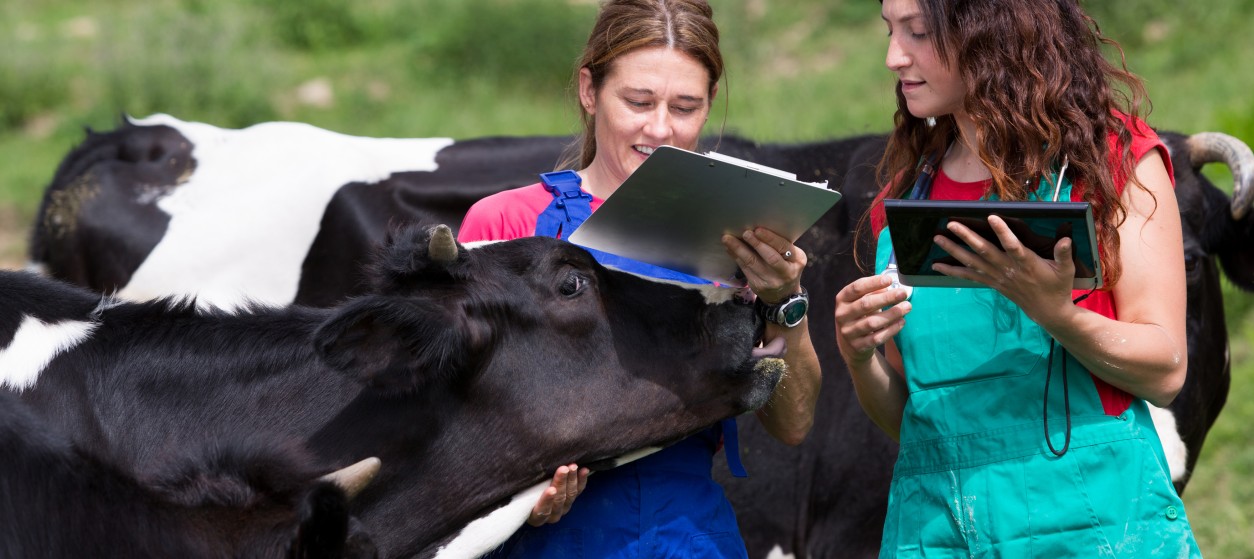Nowadays, twenty years following the introduction of the term “Internet of Things” (IoT), the IoT computing paradigm is radically different that it used to be. IoT applications have expanded in scalability and functional sophistication. For instance, IoT applications do not comprise simple sensors only: They also deploy more sophisticated devices ranging from acoustic sensors and cameras to wearables and autonomous smart objects like automated guided vehicles. Likewise, state of the art IoT deployments are not limited to few tens of sensors but integrate thousands of internet connected devices within scalable cloud computing infrastructures.
The rising intelligence and scalability of IoT applications provide the means for more innovative applications. A significant number of such applications offer human-centric and user-centric characteristics, which make them more appealing to their users. Specifically, modern IoT applications enable the collection of unprecedented amounts of information about the users’ context. The processing of this information is the source of a host of human-centric innovations in areas like healthcare, commerce, and industry. In this context, IoT is considered as a key enabler of the future Internet of People (IoP) and of the Internet-of-Behaviours (IoB), which are destined to provide timely and credible information about the users’ context.
Internet of Behaviours and Emotional AI: The Next IoT Evolution
The IoP enables people to seamlessly share information and services regardless of their time and location. On the other hand, the Internet of Behaviours is grounded on the collection and analysis of personal data about people towards understanding their personal context and customizing IoT applications’ functionalities accordingly. It is, therefore, a foundation for personalizing applications in different areas such as:
- Personalized Healthcare: IoT wearables and other devices are used to understand human lifestyles and behaviours towards personalizing disease diagnosis, prognosis, and treatment. Likewise, patients’ behavioural analytics can be used to discover phenotypes and drive the development of personalized drugs.
- Industrial Workers’ Performance and Safety: IoT devices make it possible to understand and track the workers’ physical and emotional context in industrial environments. This can accordingly enable the development of worker-centric applications that boost workers’ safety and performance.
- Tailored Retail Services: In retail environments, IoT enables the analysis of the shoppers’ behaviours such as their stickiness to specific products and their presence in certain locations. This facilitates the provision of individualized services to buyers in both physical and electronic retailing contexts.
In the next decade IoT will enable more advanced behavioural analytics applications such as emotional artificial intelligence (AI) applications. The latter capture, analyse and interpret the emotional status of the users towards enhancing IoT applications with the ever-important emotional intelligence aspects. Most emotional AI applications leverage IoT collected data based on techniques like facial analysis, gait analysis and analysis of physiological signals.
Behavioural Analytics and Business Agility
In the coming years, IoT-based behavioural analysis will boost the agility of business organizations by making them more responsive to their customers’ preferences and demands. Enterprises will no longer seek to provide a perfect “one-size-fits-all” product or service. Rather they will be able to customize their offerings to the behaviours of their target users. This customization will be able to consider either individual behaviours or the collective behaviour of entire user groups. The customization of products and services is not a new concept, as companies are for years striving to personalize their offerings. Behavioural analytics will enable them to perform this customization without explicit customers’ feedback but rather based on a pervasive, context-aware analysis of what the customers want.
These benefits of the internet of behaviours build on the rapid digital transformation of business processes. The latter transformation leads to the deployment on an increased number of internet-connected devices, including devices in the workplace and personal devices (e.g., smartphones, smartwatches, and other wearables) for workers and customers. Likewise, this digital transformation comes with a proliferation of advanced analytics technologies like machine learning and artificial intelligence. In this context, enterprises will be able to perform more credible behavioural analysis, while being more versatile in integrating behavioural insights in their products and services. The scope of behavioural analytics will not be limited to product development and delivery. Rather it is expected to impact business processes in almost every functional area of an enterprise, including sales, marketing, and human resources. For instance, emotional AI will be increasingly employed to identify the best ways to communicate with customers.
Privacy and Data Protection Challenges
The vision of IoT-based behavioural analysis, though fantastic and promising, is associated with a host of privacy and data protection challenges. Most behavioural data are personal data and, in several cases, sensitive. Hence, their collection and analysis are subject to stringent regulations like the GDPR (General Data Protection Regulation) in Europe and the CCPA (California Consumer Privacy Act) in California, USA. According to these regulations, users and consumers must consent to the collection of their personal data. Moreover, they must agree with the scope of the data collection and of the use of these data in analytics applications. For example, according to GDPR, enterprises are not allowed to use behavioural data for purposes other than the original purpose of the data collection. Therefore, businesses must leverage the IoB in a regulatory compliant way and without compromising the rights of their customers. This is not a new challenge given that personal data collection is already taking place for years. Nevertheless, when leveraging the IoB, companies will have to confront these issues at a larger scale. The development and deployment of privacy friendly applications at scale requires changes in development processes and methodologies, along with the involvement of legal and data protection experts.
Overall, IoT is no longer a luxury addressed to an elite of businesses. It has become mainstream as most modern businesses leverage data and services from several internet-connected devices. In the near feature, IoT applications will expand in scale and sophistication in many different directions such as the Internet of Behaviours. Enterprises and their CIOs must familiarize themselves with IoB’s challenges and opportunities to improve their business results without taking any significant risks.











Hi there! Do you know if they make any plugins to assist with SEO?
I’m trying to get my website to rank for some targeted keywords but I’m
not seeing very good gains. If you know of any please share.
Cheers! I saw similar art here: Eco blankets